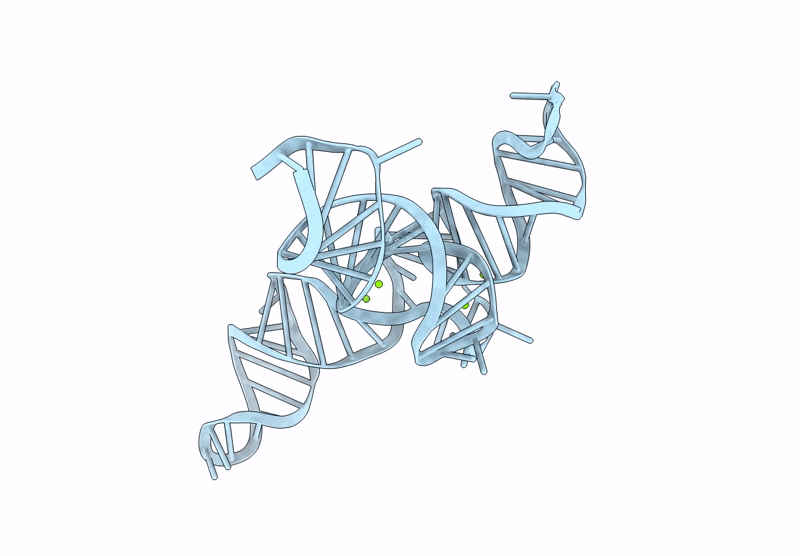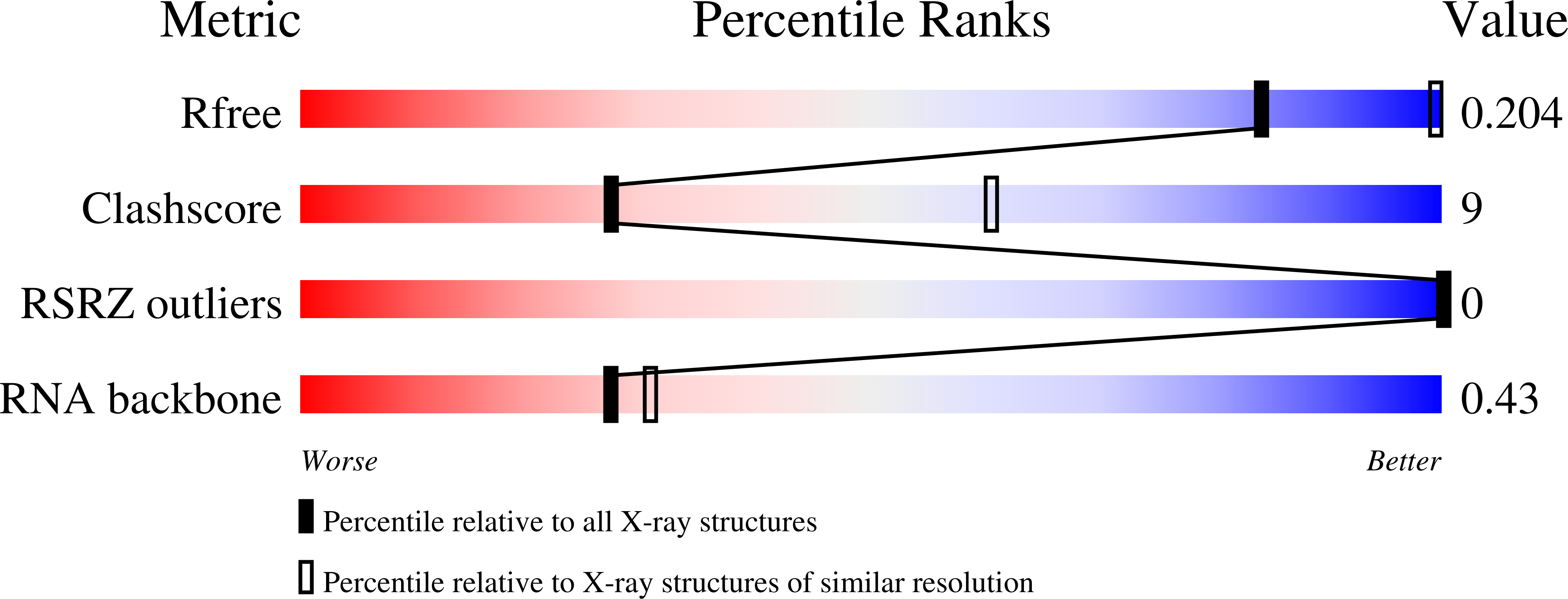
Deposition Date
2024-11-08
Release Date
2025-07-09
Last Version Date
2025-07-09
Entry Detail
Biological Source:
Source Organism:
Host Organism:
Method Details:
Experimental Method:
Resolution:
3.33 Å
R-Value Free:
0.20
R-Value Work:
0.15
R-Value Observed:
0.16
Space Group:
P 32 2 1


